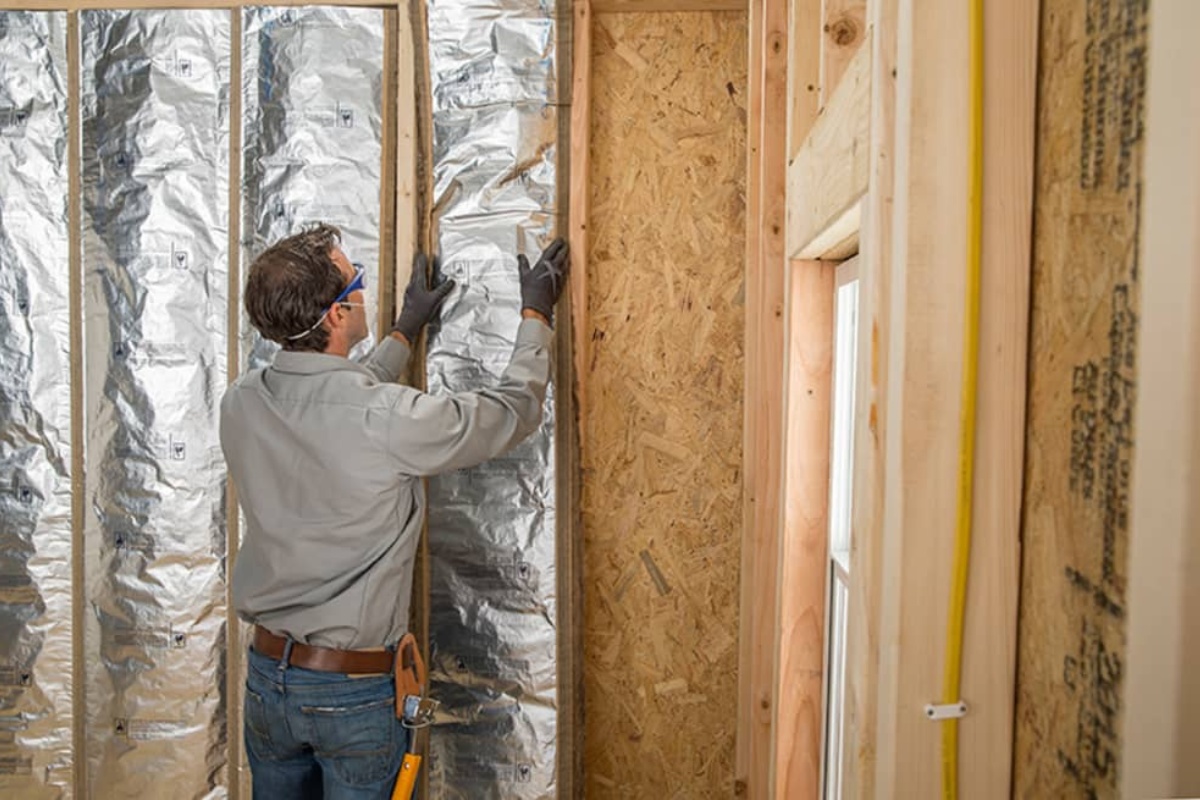

Articles
What Is Faced Insulation Vs Unfaced
Modified: May 6, 2024
Discover the differences between faced insulation and unfaced insulation in this informative article. Learn which option is best for your home's insulation needs.
(Many of the links in this article redirect to a specific reviewed product. Your purchase of these products through affiliate links helps to generate commission for Storables.com, at no extra cost. Learn more)
Introduction
In the world of insulation, there are many options to choose from. One such consideration is whether to use faced insulation or unfaced insulation. These two types of insulation materials have distinct properties and applications. Understanding the differences and benefits of each can help you make an informed decision for your specific insulation needs.
Faced insulation refers to insulation material that has a vapor retarder or a facing attached to one side. This facing layer can be made of various materials such as kraft paper, foil, or plastic film. On the other hand, unfaced insulation does not have any facing material attached to it.
Both faced and unfaced insulation have their advantages and disadvantages. It’s important to weigh these factors against your specific needs and circumstances to determine which type of insulation is the right choice for your project.
In this article, we will delve into the definition, advantages, and disadvantages of faced insulation and unfaced insulation. We will also compare these two types of insulation to help you make an informed decision for your insulation needs.
Key Takeaways:
- Faced insulation excels in moisture control and thermal performance, making it ideal for areas susceptible to moisture infiltration like crawl spaces, basements, and attics.
- Unfaced insulation offers versatility, cost-effectiveness, and breathability, making it suitable for areas where moisture control is not the primary concern, such as interior walls, ceilings, and floors.
Read more: Which Way To Face Insulation
Definition of Faced Insulation
Faced insulation is a type of insulation that is designed with a vapor retarder or a facing material attached to one side. The facing material acts as a barrier to prevent moisture from penetrating the insulation and affecting its performance. The facing layer is typically made of materials such as kraft paper, foil, or plastic film.
The facing material used in faced insulation plays a vital role in controlling moisture. It helps to prevent water vapor from moving through the insulation and reaching the colder surfaces on the other side. This is particularly important in areas where moisture build-up can lead to issues such as mold growth, rotting, or reduced thermal efficiency.
Faced insulation is commonly used in areas where moisture control is crucial, such as in crawl spaces, basements, attics, and exterior walls. The facing material acts as a barrier, helping to protect the insulation from moisture damage and preserving its effectiveness over time.
It is important to note that faced insulation is available in a variety of R-values, which measure its thermal resistance. The R-value of faced insulation can vary depending on the type of insulation material used, the thickness of the insulation, and the facing material.
Overall, faced insulation offers the benefit of moisture control, making it an ideal choice for areas where moisture infiltration is a concern. It can help improve the energy efficiency of a building and provide a comfortable indoor environment by reducing the risk of condensation and maintaining stable temperature levels.
Definition of Unfaced Insulation
Unfaced insulation, as the name suggests, is insulation material that does not have any facing material attached to it. Unlike faced insulation, unfaced insulation does not have a vapor retarder or a moisture barrier layer on one side.
Unfaced insulation is typically used in areas where moisture control is not a primary concern, such as interior walls, ceilings, and floors. It is commonly installed between wall studs, floor joists, or roof rafters and can be easily fitted into tight spaces.
One of the advantages of unfaced insulation is its versatility. With no facing material attached, unfaced insulation can be used in a wider range of applications. It can be utilized in combination with other insulation materials or as an additional layer of insulation in areas that already have a vapor barrier in place.
By not having a facing material, unfaced insulation allows for better airflow and breathability. This can be beneficial in certain situations, as it allows moisture to move freely within the insulation and to dissipate naturally, reducing the risk of moisture buildup and potential mold growth.
It is important to note that unfaced insulation is available in various types and materials, including fiberglass, mineral wool, and cellulose. Each type of insulation has its own unique properties and advantages, so it’s essential to choose the right material based on your specific needs and requirements.
Overall, unfaced insulation provides flexibility and allows for better air circulation within the insulation material. It is a suitable choice for areas where moisture control is not a concern, and it can be used in conjunction with other insulation methods to achieve optimal thermal performance.
Advantages of Faced Insulation
Faced insulation offers several advantages that make it a popular choice in many insulation applications. Here are some of the key benefits:
- Moisture Control: The facing material in faced insulation acts as a vapor retarder, limiting the amount of moisture that can penetrate the insulation. This helps to prevent condensation, mold growth, and other moisture-related issues, ensuring the long-term effectiveness of the insulation.
- Improved Energy Efficiency: By reducing moisture infiltration, faced insulation helps to maintain a more stable indoor environment. This can lead to improved energy efficiency by reducing the need for heating or cooling, resulting in lower energy costs.
- Easy Installation: Faced insulation is typically sold in rolls or batts, making it easy to handle and install. The facing material can also provide added strength and durability, making it less likely to tear or become damaged during installation.
- Enhanced Performance: The facing material adds an extra layer of thermal resistance, helping to enhance the overall performance of the insulation. This can contribute to better temperature regulation and increased comfort within the building.
- Fire Resistance: Certain types of facing materials used in faced insulation, such as foil-faced insulation, offer added fire resistance. This can help to increase the safety of the building by slowing down the spread of fire.
Overall, faced insulation provides effective moisture control, improved energy efficiency, and ease of installation. It is a reliable choice for areas where moisture infiltration is a concern, and it can help to create a comfortable and energy-efficient living or working environment.
Advantages of Unfaced Insulation
Unfaced insulation offers a range of advantages that make it a suitable choice for various insulation applications. Here are some of the key benefits:
- Versatility: Unfaced insulation is highly versatile and can be used in a variety of applications. It can be installed in both residential and commercial buildings, and it is compatible with different construction materials such as wood, metal, or concrete.
- Cost-Effective: Unfaced insulation often tends to be less expensive than faced insulation. This makes it a cost-effective option, especially in areas where moisture control is not a concern and there is no need for an additional vapor retarder.
- Breathability: Unlike faced insulation, unfaced insulation allows for better airflow and breathability. It allows moisture to move more freely within the insulation and to dissipate naturally, reducing the risk of moisture buildup and mold growth.
- Flexibility: Unfaced insulation can be easily combined with other insulation materials or used as an additional layer in areas that already have a vapor barrier in place. This flexibility allows for customized insulation solutions based on specific needs and requirements.
- Environmental Friendly: Many types of unfaced insulation are made from environmentally friendly materials, such as recycled fibers or natural fibers. These materials are renewable, sustainable, and have low environmental impact, making unfaced insulation a greener choice.
Unfaced insulation provides versatility, cost-effectiveness, breathability, flexibility, and environmental benefits. It is an excellent choice for areas where moisture control is not a concern and allows for tailored insulation solutions that meet specific requirements while also being environmentally conscious.
Faced insulation has a vapor barrier to prevent moisture, while unfaced insulation does not. Use faced insulation in areas with high moisture, like bathrooms, and unfaced in drier areas.
Disadvantages of Faced Insulation
While faced insulation has its advantages, there are also some disadvantages that need to be considered. Here are a few potential drawbacks:
- Moisture Trapping: While facing materials in faced insulation help to control moisture, they can also trap moisture if not installed properly. Any gaps, tears, or punctures in the facing material can allow moisture to enter and get trapped within the insulation, leading to potential issues such as mold growth or decreased thermal performance.
- Installation Challenges: Faced insulation can be more challenging to install compared to unfaced insulation. The facing material needs to be carefully sealed and in good condition to ensure its effectiveness. Improper installation can compromise the performance of the insulation barrier and lead to moisture-related problems.
- Limitations in Usage: Faced insulation is specifically designed for areas where moisture control is a concern. Therefore, it may not be the best choice for areas that require breathability or ventilation, such as in certain climate zones or specific building applications.
- Added Cost: The inclusion of a facing material in faced insulation can result in higher material costs compared to unfaced insulation. The facing material itself adds an extra expense, making faced insulation a potentially pricier option.
- Dependency on Proper Maintenance: The effectiveness of faced insulation relies heavily on proper maintenance and regular inspection for any damage or deterioration to the facing material. Regular maintenance needs to be carried out to ensure that the facing material remains intact and performing its vapor retarder function properly.
It’s important to weigh these potential disadvantages against the benefits of faced insulation. Proper installation, regular maintenance, and careful consideration of environmental conditions are necessary to mitigate these drawbacks and optimize the performance of faced insulation.
Disadvantages of Unfaced Insulation
While unfaced insulation offers several advantages, it also has some potential disadvantages to consider. Here are a few significant drawbacks:
- Lack of Moisture Control: Unfaced insulation does not have a built-in vapor retarder, which means it does not provide the same level of moisture control as faced insulation. In areas prone to high humidity or moisture infiltration, additional measures may be required to prevent moisture-related issues.
- Reduced Thermal Performance: Without a facing material acting as a barrier, unfaced insulation may have slightly lower thermal performance compared to faced insulation. It may not provide the same level of heat resistance, which can impact the overall energy efficiency of the building.
- Requires Additional Moisture Barriers: In areas where moisture control is essential, unfaced insulation may require the installation of additional moisture barriers or vapor retarders. This adds an extra layer of complexity and cost to the insulation system.
- Potential for Dust and Allergens: Unfaced insulation is more susceptible to collecting dust, allergens, and other particles as it does not have a barrier to block their entry. This can be a concern for individuals with allergies or respiratory sensitivities.
- Greater Air Leakage: Unfaced insulation does not provide as effective air sealing as faced insulation. Air leakage through the insulation can compromise its thermal performance and reduce energy efficiency.
While unfaced insulation may have some limitations, it can still be an excellent choice for certain applications where moisture control is not a primary concern. Proper installation, in conjunction with additional moisture barriers if needed, can help mitigate these disadvantages and ensure optimal performance.
Comparison of Faced and Unfaced Insulation
When deciding between faced and unfaced insulation, it’s important to understand the key differences and make an informed choice based on your specific needs and circumstances. Here is a comparison of faced and unfaced insulation:
- Moisture Control: Faced insulation has a built-in vapor retarder, providing better moisture control compared to unfaced insulation. It is suitable for areas where moisture infiltration is a concern. Unfaced insulation, on the other hand, allows for better breathability and can be used in areas where moisture control is not the primary requirement.
- Installation: Faced insulation can be more challenging to install due to the need for proper sealing and maintenance of the facing material. Unfaced insulation is generally easier to handle and install, making it a more straightforward option in terms of installation.
- Thermal Performance: Faced insulation, with the addition of a facing material, offers enhanced thermal resistance compared to unfaced insulation. In areas where maximum thermal performance is desired, faced insulation may be a more suitable choice. Unfaced insulation can still provide insulation benefits but may have slightly lower thermal resistance.
- Versatility: Unfaced insulation is highly versatile and can be used in a variety of applications where moisture control is not a concern. It can be combined with other insulation materials or used as an additional layer in areas that already have vapor barriers. Faced insulation is specifically designed for moisture control, making it limited to applications where moisture infiltration needs to be prevented.
- Cost: Unfaced insulation is generally less expensive than faced insulation, primarily due to the absence of facing materials. This makes unfaced insulation a cost-effective option, especially in areas where moisture control is not a requirement.
Ultimately, the choice between faced and unfaced insulation depends on your specific needs, construction requirements, and budget. Consider factors such as moisture control, thermal resistance, ease of installation, and cost to determine the best option for your project.
Conclusion
Faced insulation and unfaced insulation are two distinct types of insulation materials, each with its own advantages and disadvantages. The decision between faced and unfaced insulation ultimately depends on your specific needs, priorities, and the requirements of your project.
Faced insulation, with its vapor retarder or facing material, excels in moisture control, making it an ideal choice in areas susceptible to moisture infiltration. It can help prevent issues such as condensation, mold growth, and reduced thermal efficiency. Faced insulation is particularly useful for crawl spaces, basements, attics, and exterior walls.
On the other hand, unfaced insulation offers versatility, cost-effectiveness, and breathability. It is suitable for areas where moisture control is not the primary concern, such as interior walls, ceilings, and floors. Unfaced insulation allows for better airflow and can be used in combination with other insulation materials or as an additional layer in areas with existing moisture barriers.
When comparing faced and unfaced insulation, it is clear that faced insulation excels in moisture control and thermal performance, while unfaced insulation offers versatility and affordability. Consider factors such as moisture levels, climate conditions, installation ease, and budget constraints to make an informed decision.
Ultimately, consulting with insulation professionals and considering specific project requirements will help you determine the right type of insulation for your needs. Both faced and unfaced insulation have their place in improving energy efficiency, creating comfortable indoor environments, and contributing to sustainable construction practices.
After wrapping your head around the ins and outs of insulation, why not tackle some home improvement projects yourself? Our next read offers practical advice and step-by-step guides on DIY home improvement, perfect for anyone looking to put a personal touch on their living space. Whether you're planning a minor update or a major overhaul, you'll find valuable tips to help you manage your project smoothly and efficiently. So, roll up your sleeves and get ready to transform your home into a haven of your own making.
Frequently Asked Questions about What Is Faced Insulation Vs Unfaced
Was this page helpful?
At Storables.com, we guarantee accurate and reliable information. Our content, validated by Expert Board Contributors, is crafted following stringent Editorial Policies. We're committed to providing you with well-researched, expert-backed insights for all your informational needs.
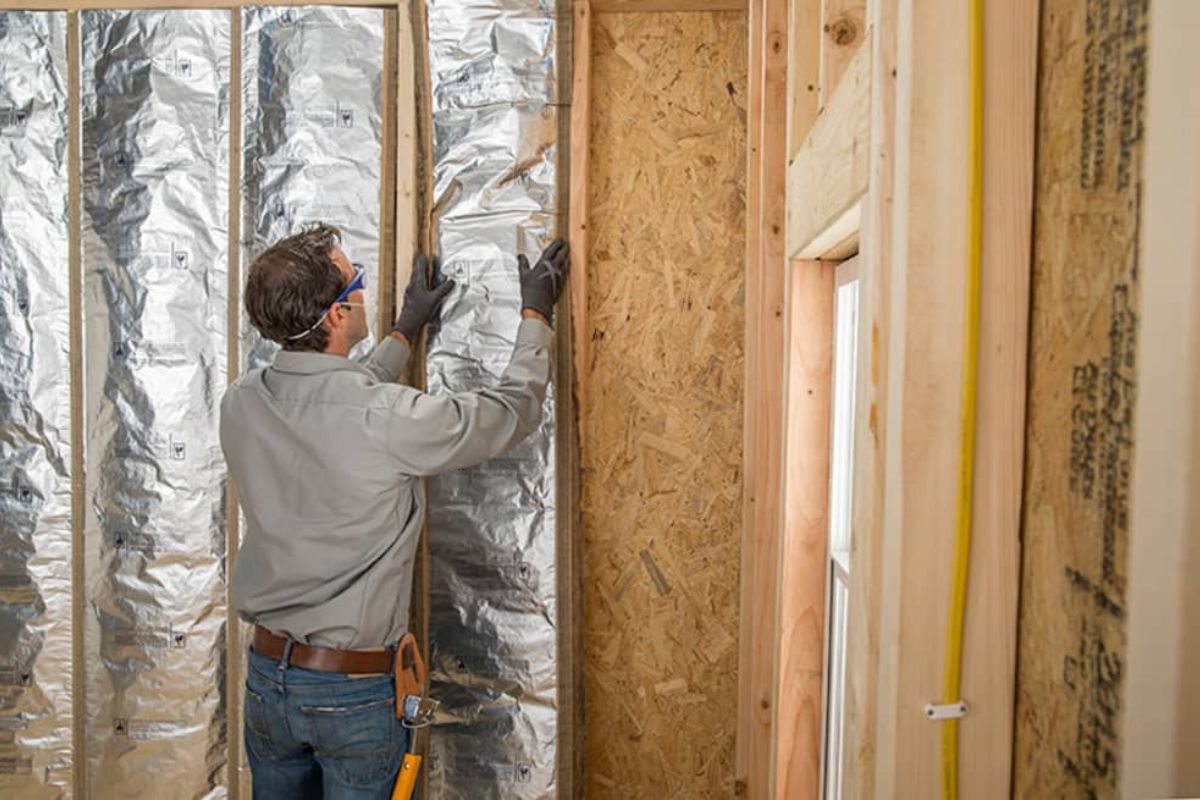
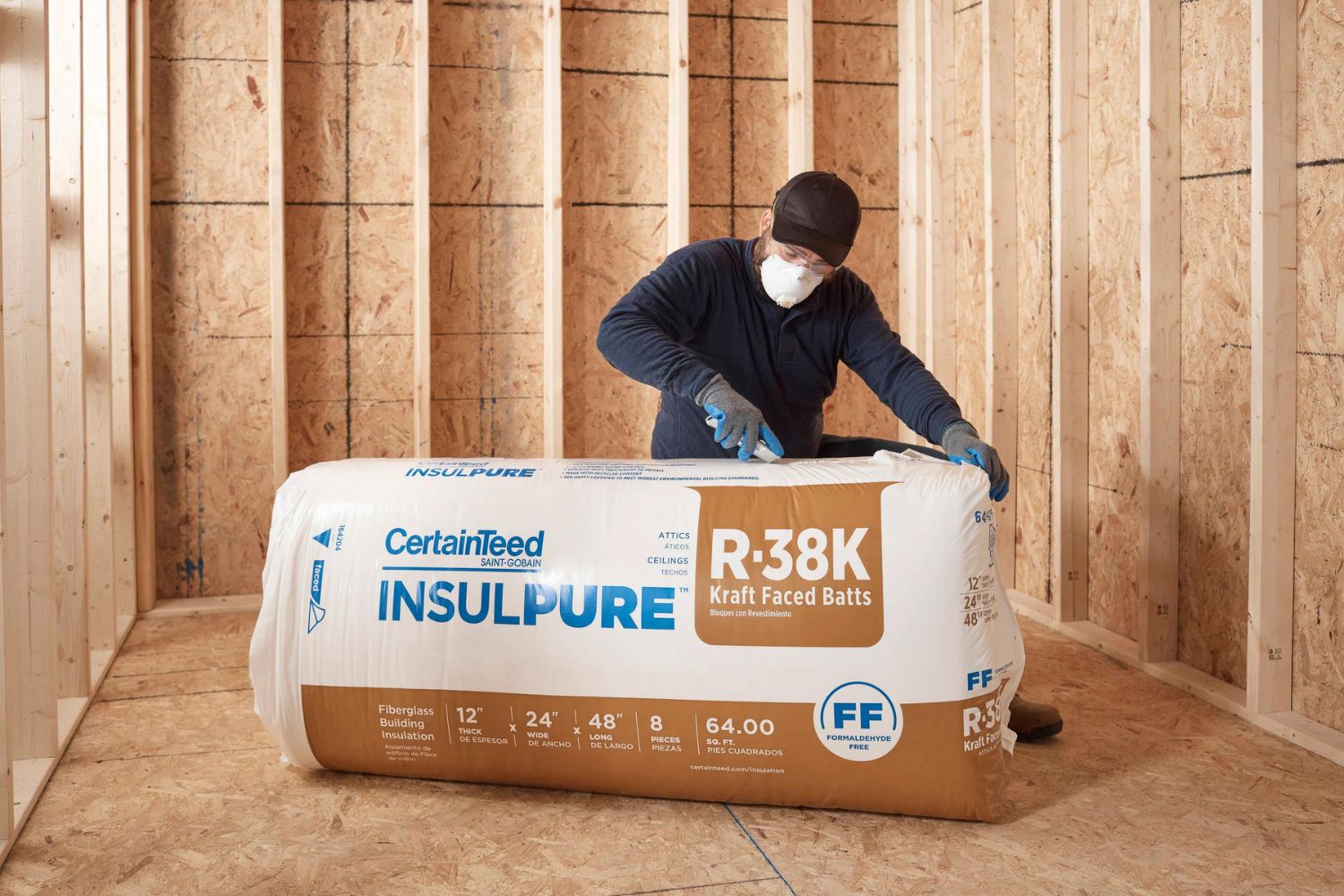
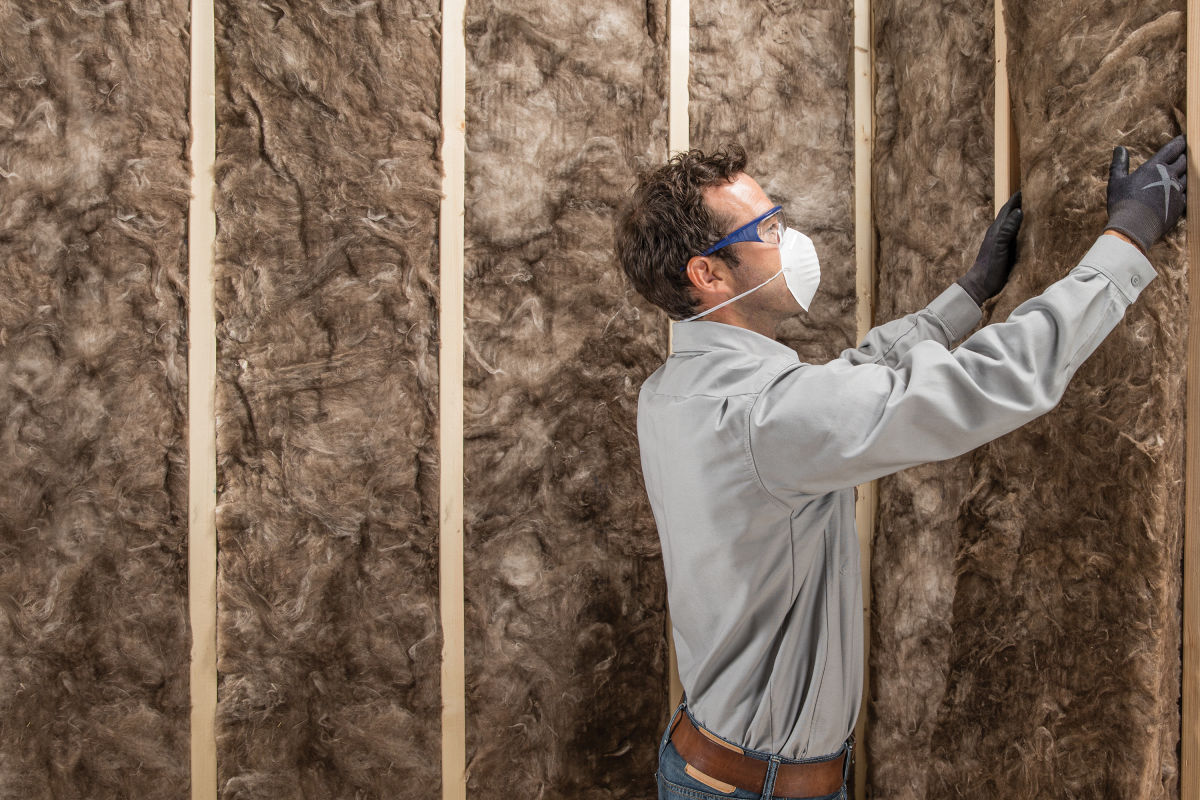
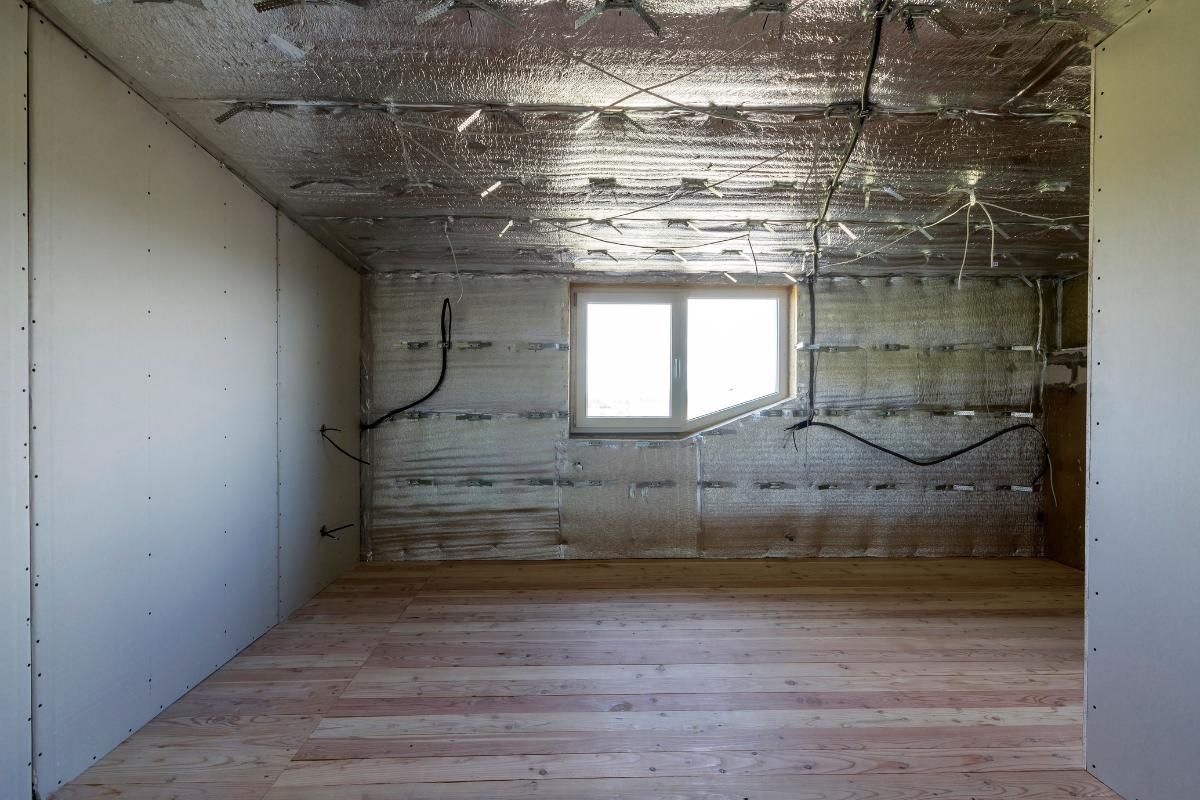
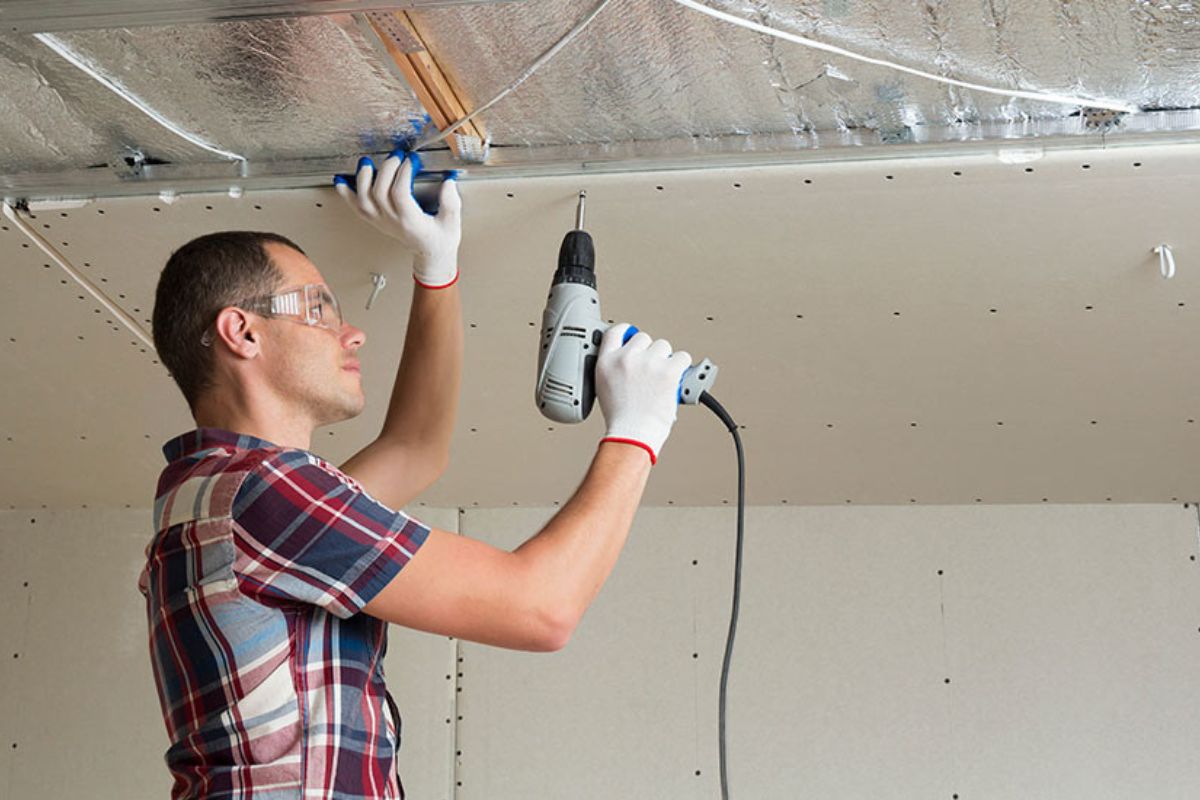
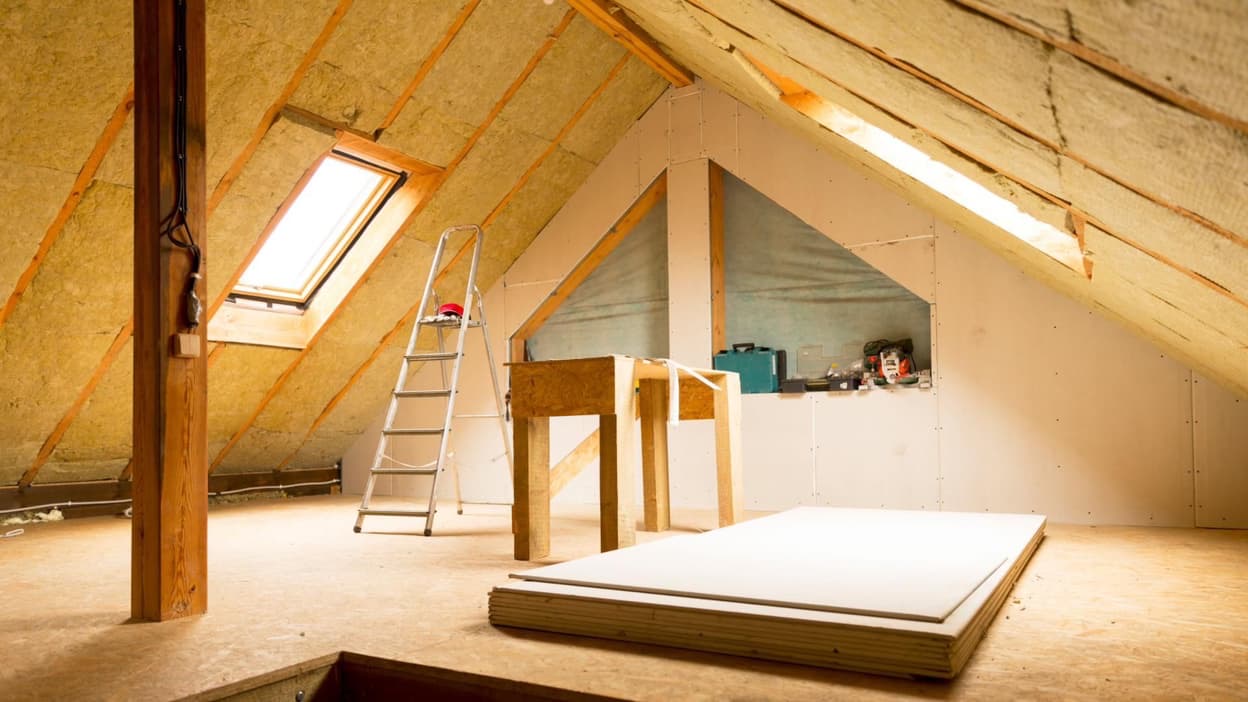
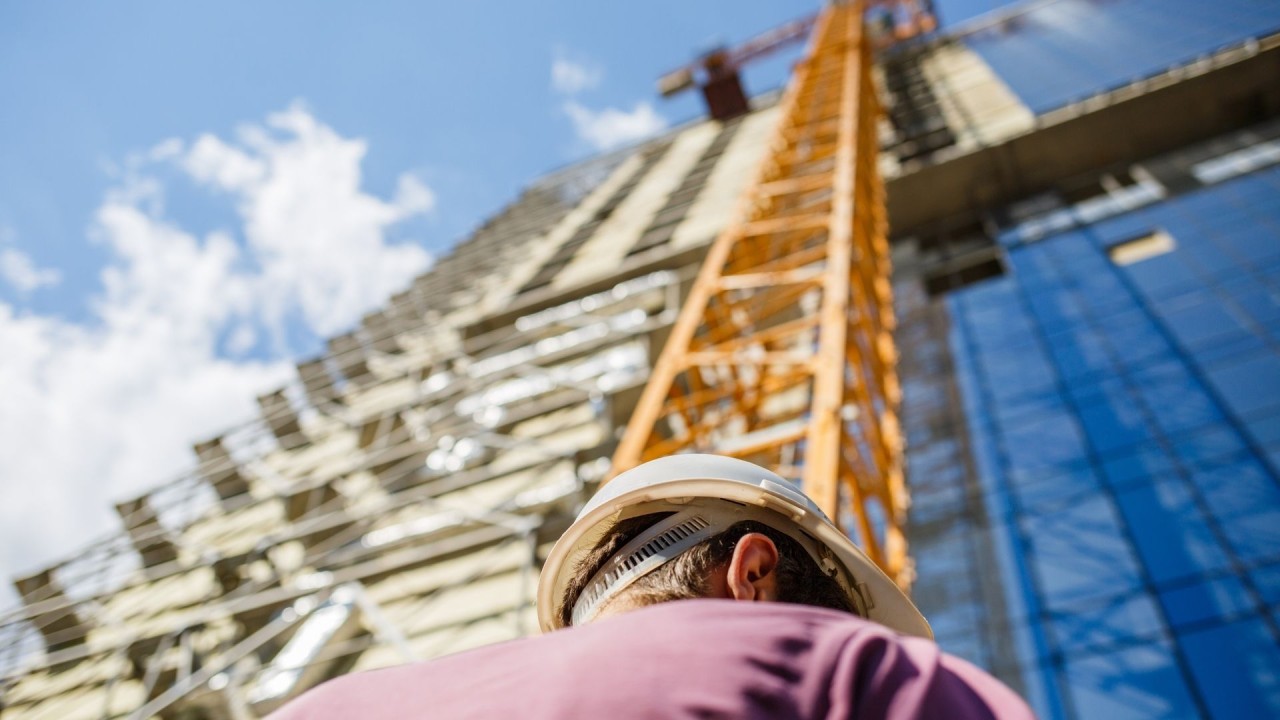
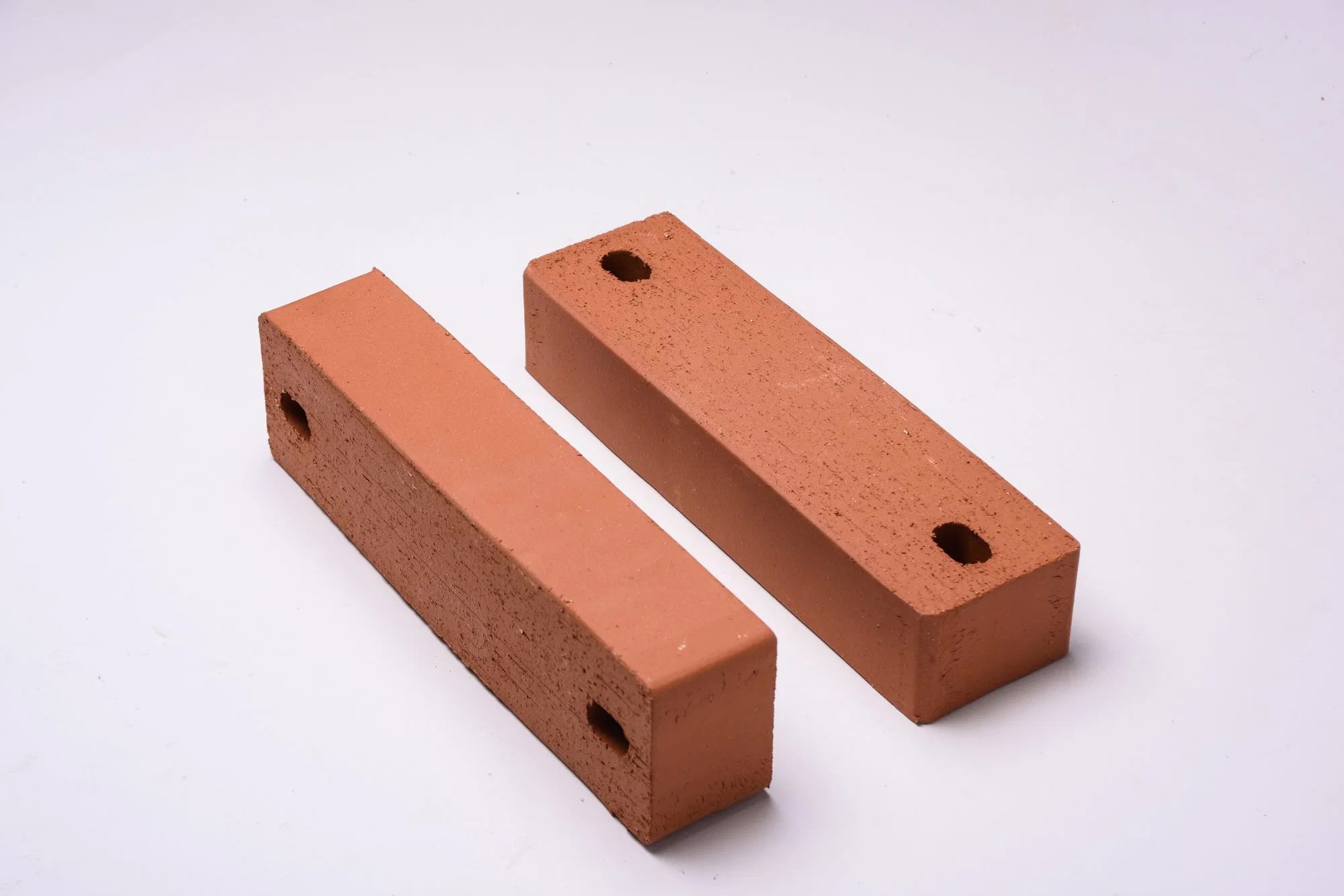

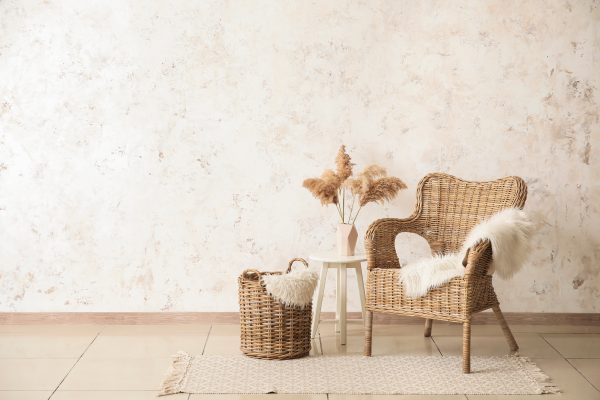


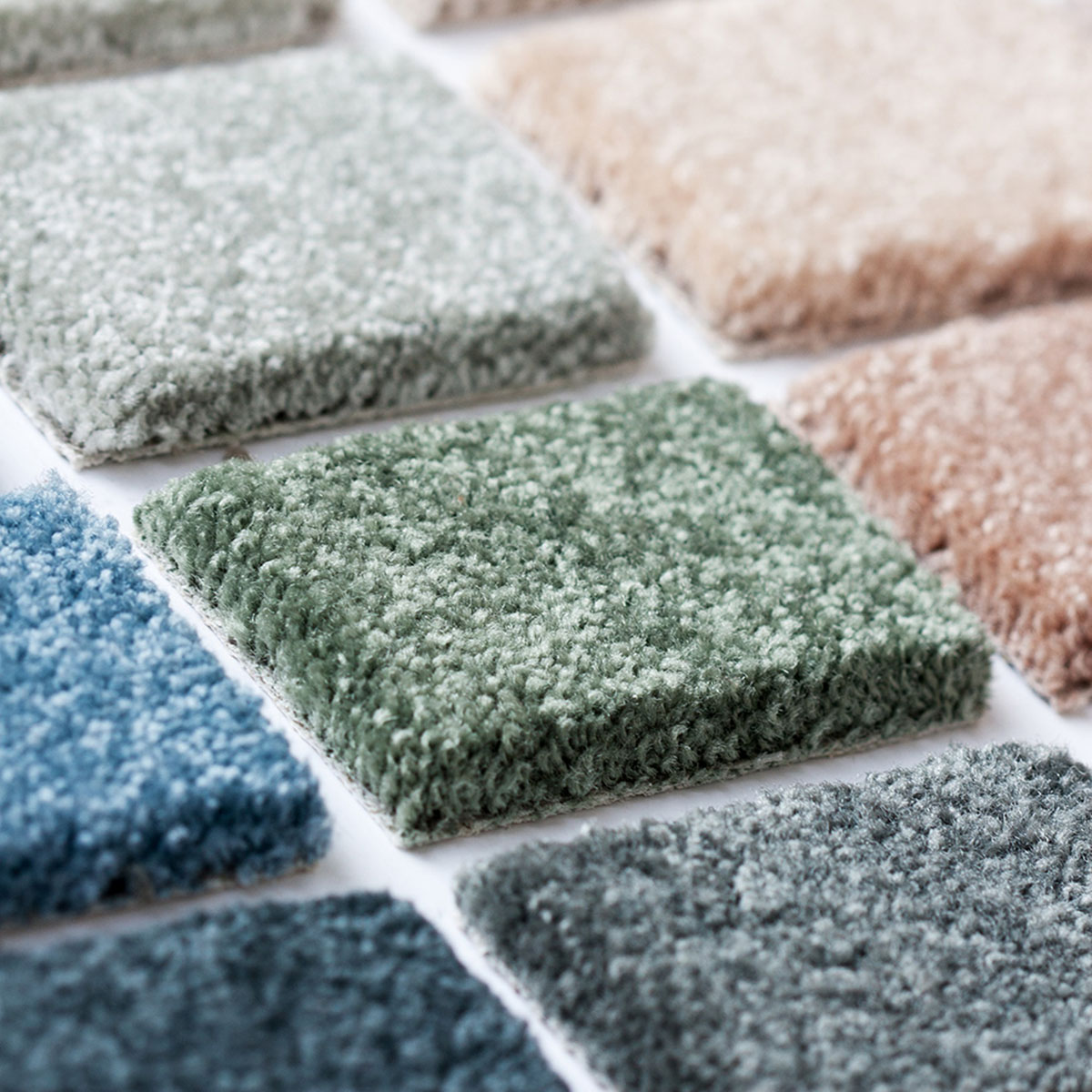
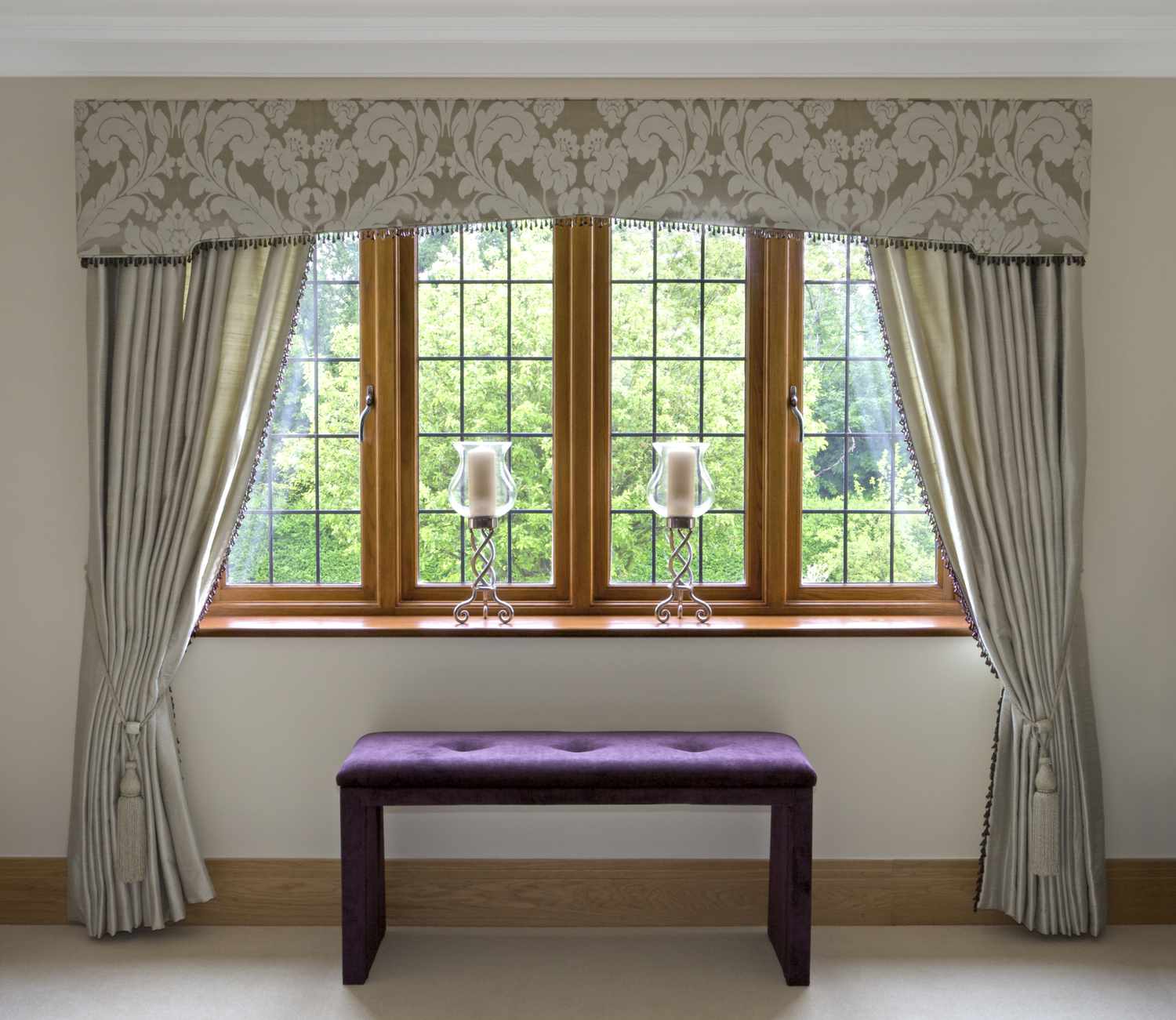

0 thoughts on “What Is Faced Insulation Vs Unfaced”